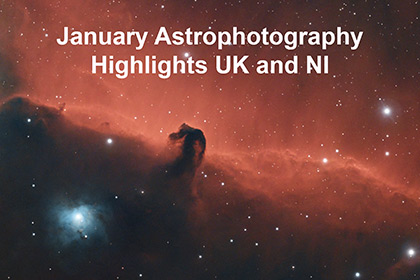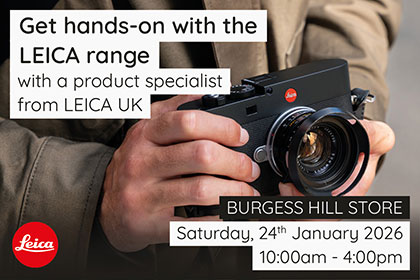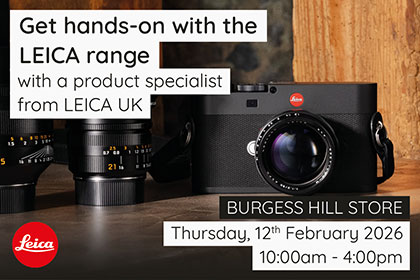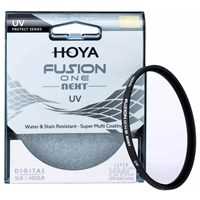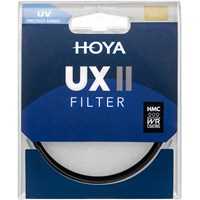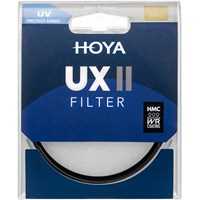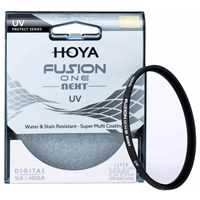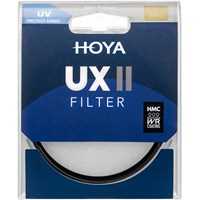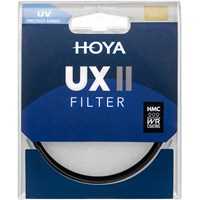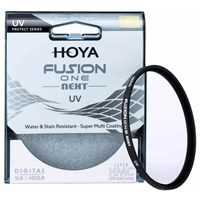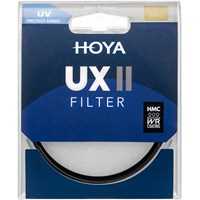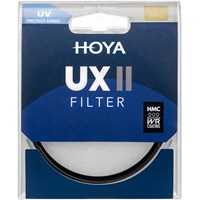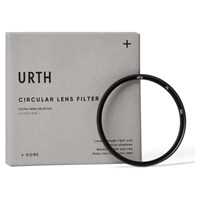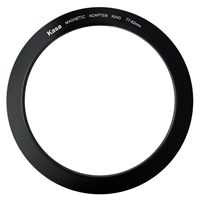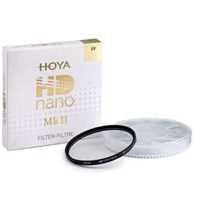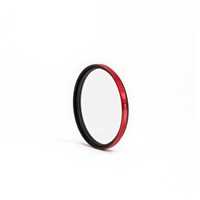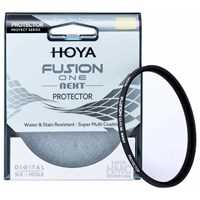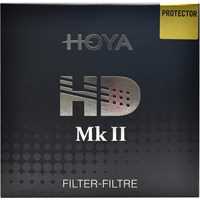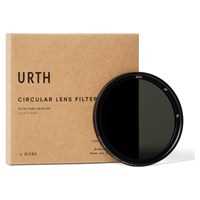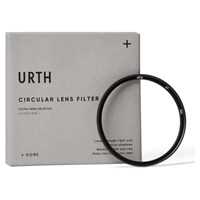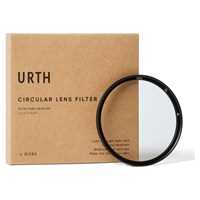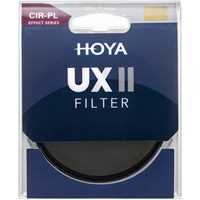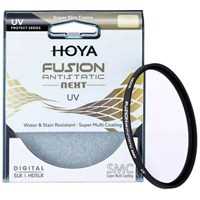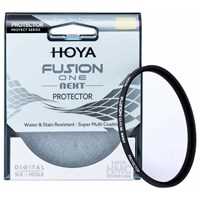- Call us: 01444 237070
- Contact Us
- Stores
- Sign In / Register
Lens Filters & Kits
Lens filters are used in photography for a range of purposes, from protecting the front element to controlling light in a particular way. Typically there are two main types available; circular screw-on filters and whole filter systems, which rely on a holder with detachable resin or glass filters. Many are integral to landscape, long exposure, macro and flash photography. Other photographers also find that a polariser or UV has a favourable affect on their images.
As avid photography fans we stock a huge range of lens filters for all purposes from the world’s leading manufacturers. Whether you are a seasoned professional or just starting out, browse our range for the perfect model for your optic.
Hoya 82mm Fusion One Next Protector Filter
Hoya 77mm UX II PL-CIR Circular Polariser Filter
Hoya 77mm Fusion Antistatic Next UV Filter
Hoya 77mm Fusion One Next Protector Filter
Screw on filters are threaded onto the front element of lenses and function in different ways depending on which type it is. A circular polariser reduces glare and reflections when rotated, between full and no effect. These are especially useful when shooting water, damp foliage or glass. They can also increase contrast and saturation when used in a particular way. This article on American Cinematographer magazine explains the science behind a CPL brilliantly.
A skylight or UV filter is also screwed on and designed to protect your lens against UV rays or accidental damage from knocks, drops and bumps.
Neutral density filters like the Lee ‘Big Stopper’ will darken the exposure and allow landscape photographers to use a longer shutter speed to capture a more evenly exposed image, as well as for long exposure effects. These come in screw or holder system format, with inherent advantages to both.
Stepping rings are useful if you have several lenses with different thread sizes, allowing photographers to use the same filter across multiple lenses.
Our most popular brands include Tiffen, Hoya and LEE who all produce different types for various budgets. Lee hand-finish their range with special inks, ensuring a neutral colour cast with an even exposure. Cokin are a popular brand for amateurs and enthusiasts.
As a general rule of thumb, if you have a high quality professional lens, place a similarly high quality filter on it. Better filters tend to allow more light transmission, which means you don’t lose as much light. This applies to CPL and UV mainly, as ND’s are intended to block light.
If you use multiple filters in different sizes consider a protective pouch or wrap, which will organise and protect them.
Some telephoto lenses accept small drop in filters along the barrel which perform in the same way as ones which are threaded onto the end. These are useful for wildlife or any long range subjects allowing the photographer to adjust an effect conveniently.
